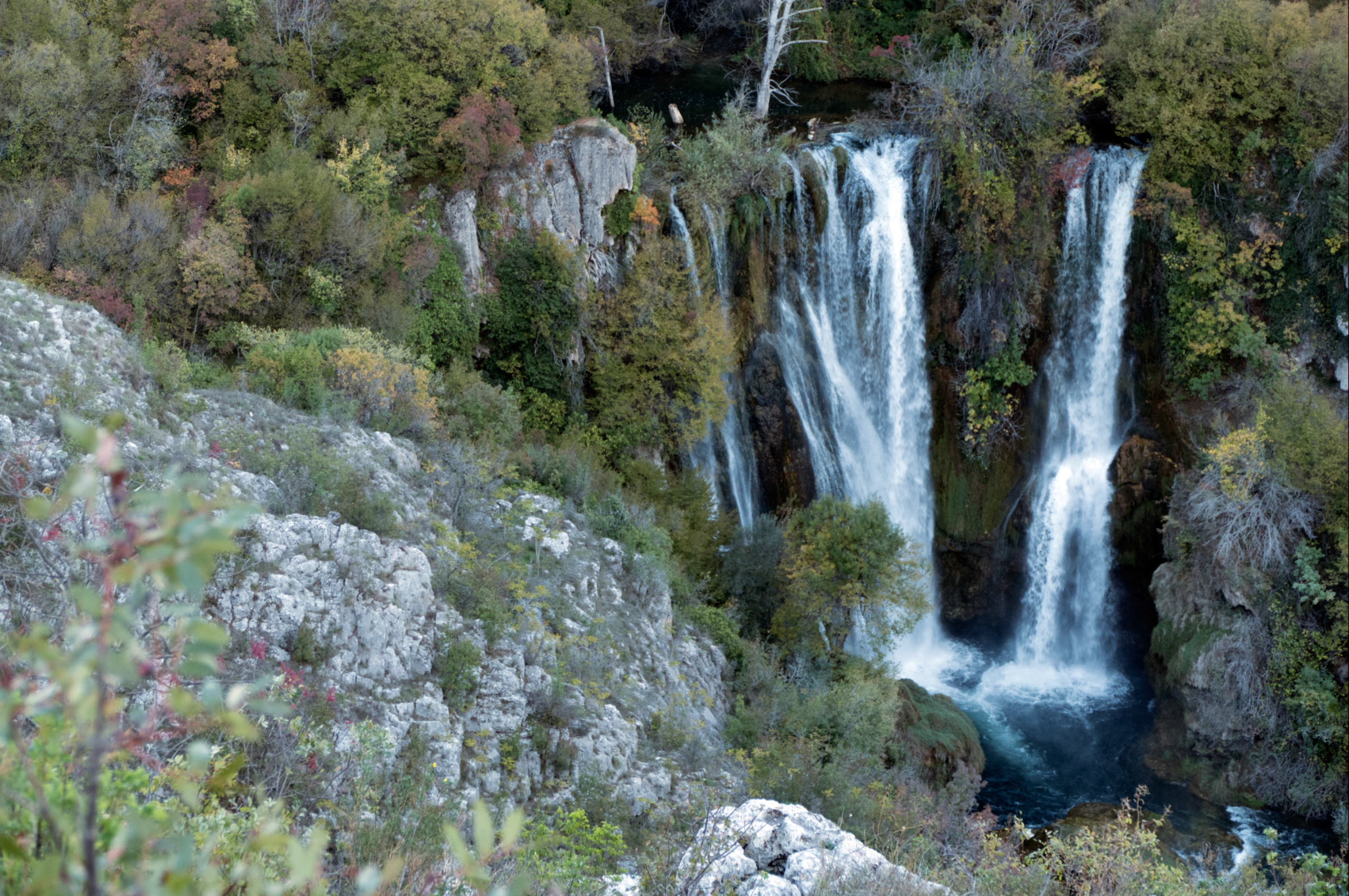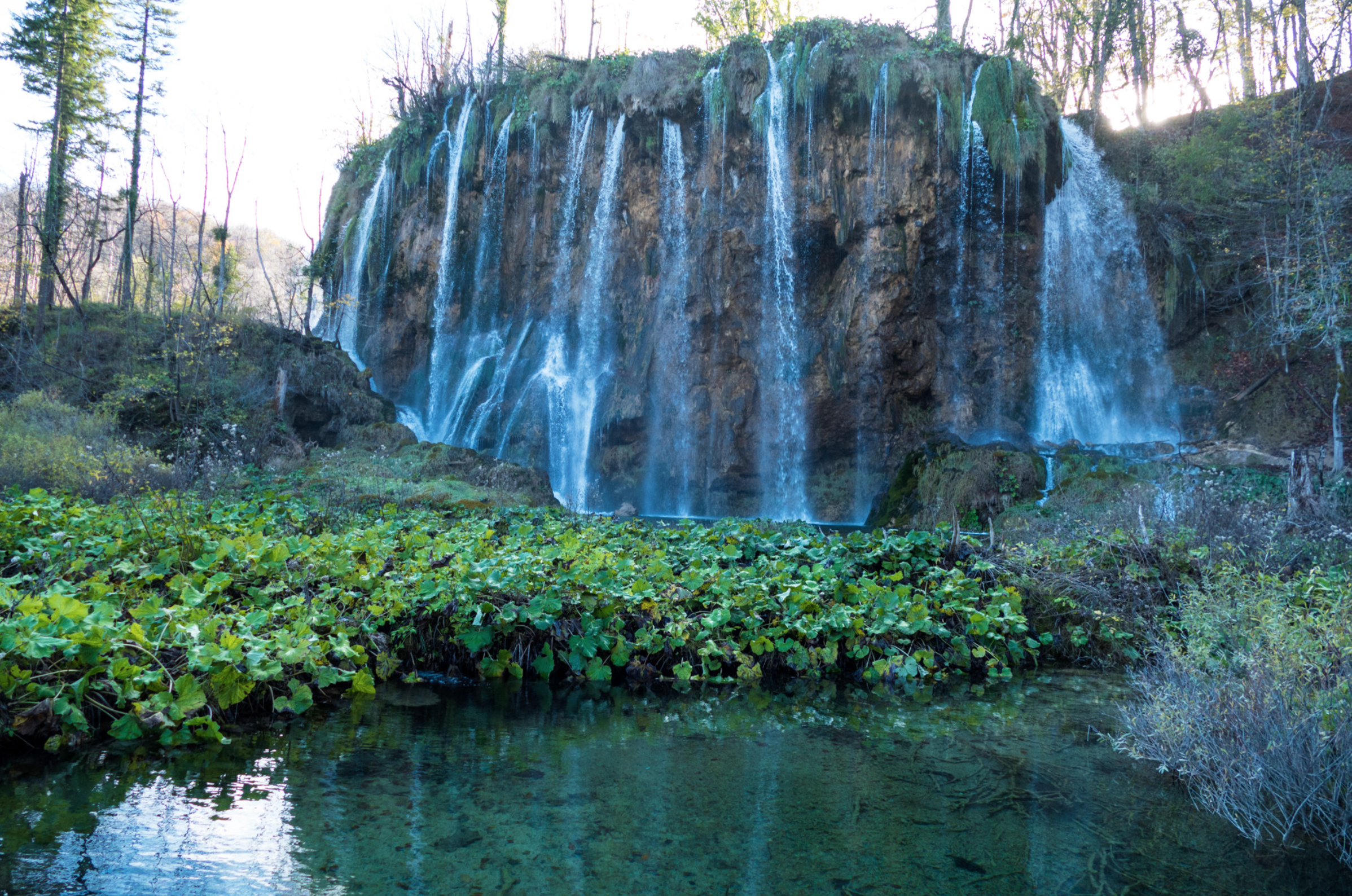[metaslider id=7052]Croatia, a world famous tourism destination, in particular for its “sun and sea” tourism, is also known for its most famous protected area and oldest national park, the Plitvice Lakes National Park. Less known is that Croatia has altogether 444 protected areas, includincluding 8 national parks, 2 strict reserves and 11 nature parks. However, they encompassing only 9% of the country. Whether more could be achieved with support of tourism and whether the special form of glamping tourism could exemplify high sustainability standards, benefit rural areas and finally could become an LT&C-Example, was the background of an LT&C workshop convened in Otočac, October 24-25.
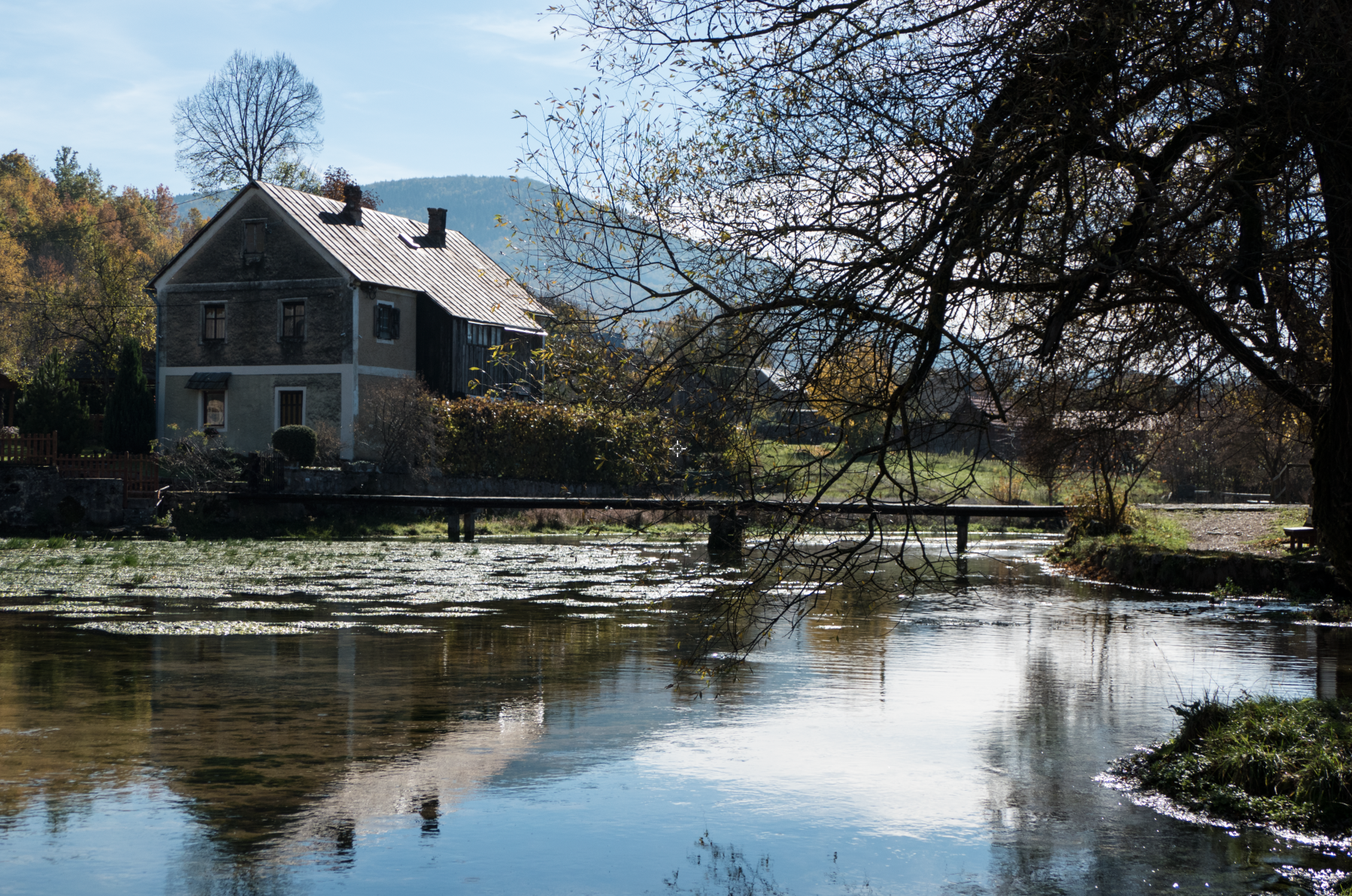
The workshop was part of a feasibility study for a potential project developing glamping sites related to different national parks, where LT&C with its diverse competence and expertise among its members, could play an advisory role. Participants from 5 different countries where hosted by Castel Solutions and included, beside LT&C-members,
representatives from local NGOs, national parks, the town of Otočac and sustainable products- and business experts. The topics reached from presenting a regional environmental NGO and eco-products, the functioning of the Croatian national parks system, to luxury/high level tourism and examples of glamping: Agenda workshop Croatia2017.
Short visits of the Krka National Park and Plitvice Lakes National Park provided the impression that the parks are not only of high natural and scenic value, but are also of high standard when it comes to the management and education of huge amounts of tourists.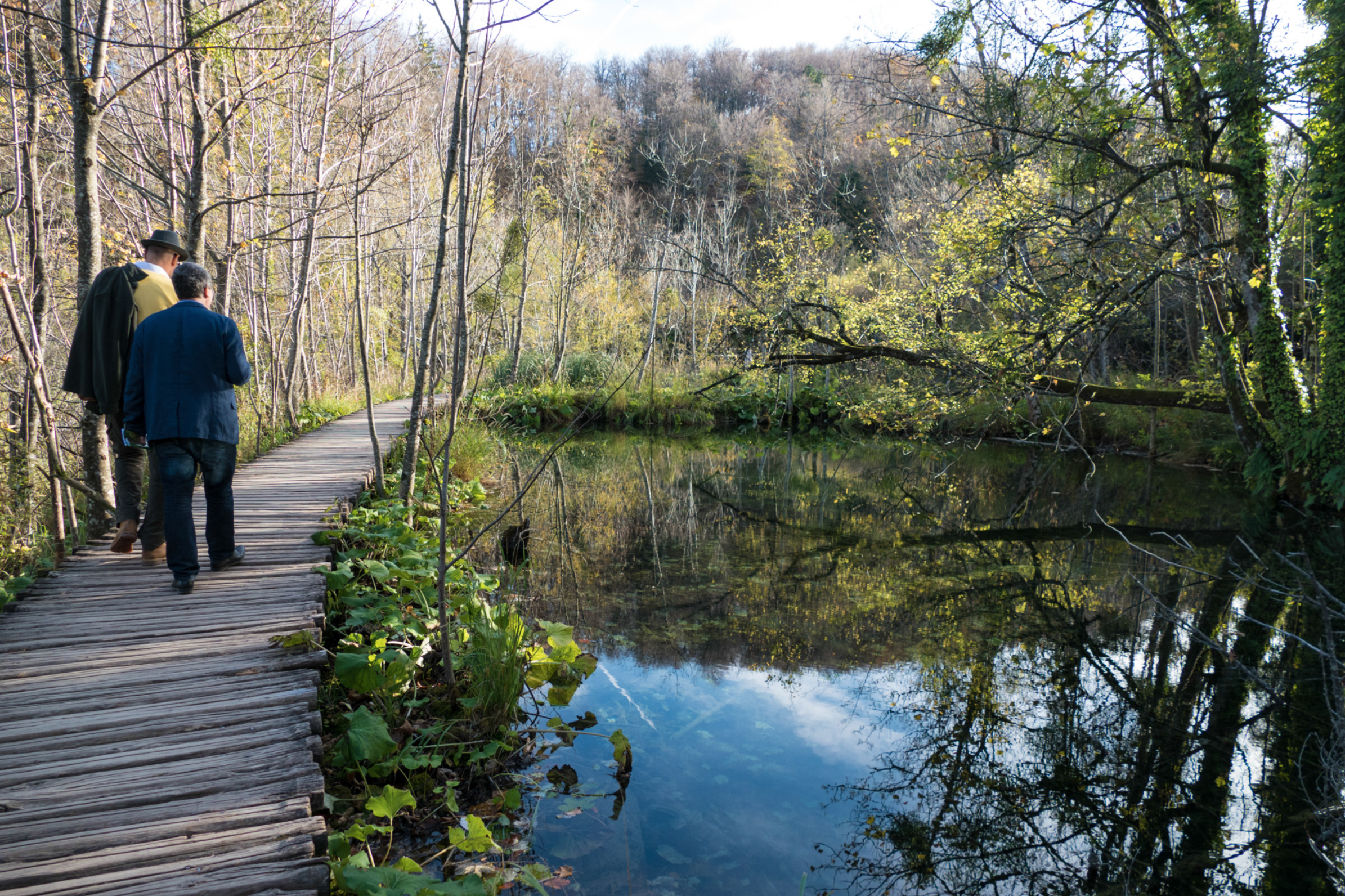
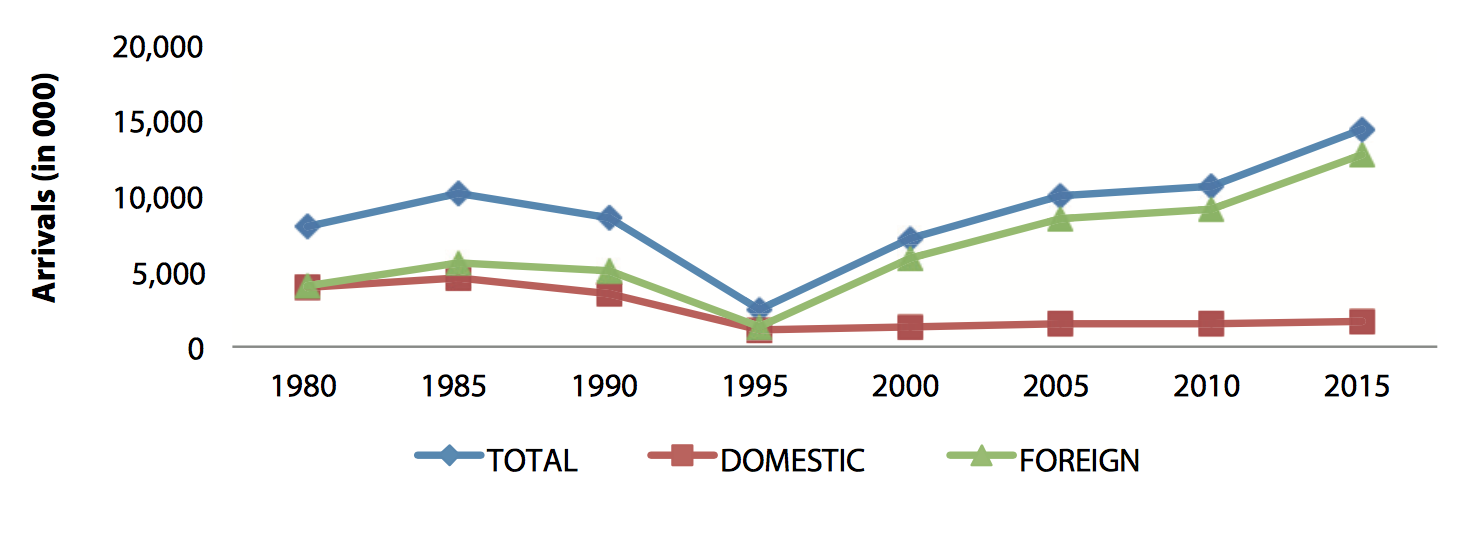
Tourist numbers in Croatia are rapidly increasing and crossed the figure of 15 million, which is about 4 times more than the country’s inhabitants: 170605_TUB-ENG_016. Croatia’s tourism development strategy for 2014 – 2020 therefore has set guidelines and goals for its future development, which define that, along with the dominant tourism product of “sun and sea”, it is necessary to develop other selective forms of tourism that will be in line with sustainable development, especially health, social, rural and cycle tourism.
To develop glamping sites in the rural areas surrounding national parks could fit into this strategy. They could become showcases, how different Sustainable Development Goals (SDGs) can be supported, how local people are involved and how the mission of LT&C is met to provide support for the further development and management of Croatia’s protected area network. Such sites could function as education units. They could e.g. play a role to promote further areas to be protected or corridors between different national parks to be established, so that Croatia reach on the national level the global goal of 17%
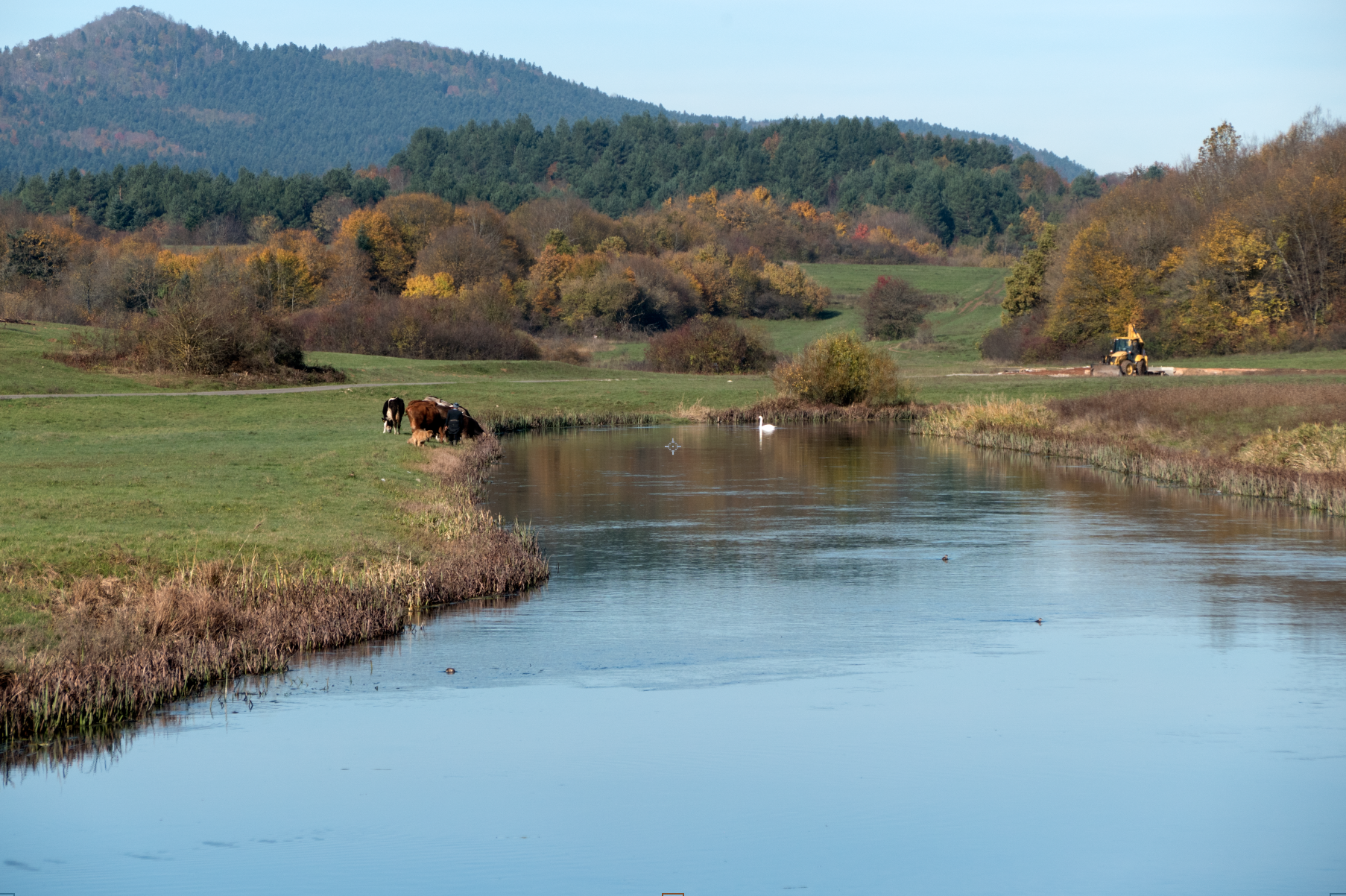
protection of terrestrial and 10% of marine habitats.
How the envisioned glamping project of the LT&C member in Croatia, Castel Solutions, could meet such criteria and fit into national and regional policies is planned to be discussed further in a workshop next year in Zagreb with representatives from tourism an conservation of the central government